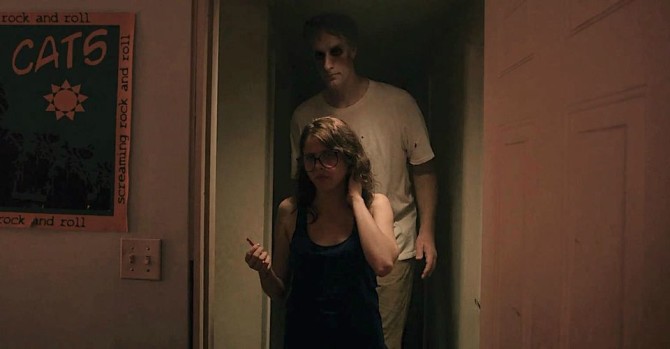After reading Silo, I realized how important it is to create a unique horror concept. I read horror concepts all year long. Unending numbers of horror loglines. And my thoughts are always the same – I’ve seen this already! Usually, multiple times! So when someone comes up with a unique horror idea, it stands out simply due to the fact that it happens so rarely.
While it’s easy to say, “Just give us an idea we haven’t seen before,” the reality is that coming up with an original idea is HARD. So today I’m going to give you some tips on how to stay fresh while writing in screenwriting’s most cliched genre – Horror. There are four main areas you want to focus on. If you come up with a unique option for ANY ONE OF THESE FOUR THINGS, that should be enough to differentiate your horror script from others. But if you can incorporate two or more of these variables, you should have something extremely unique.
1 – LOCATION – Where you set your horror script is going to help set your horror idea apart. If you’re setting a horror story in a house, you are in trouble. Houses aren’t original. Yesterday’s script, Silo, had a unique location. An abandoned missile silo! You’re not picking a unique location just to stand out in your logline. You’re doing it because unique locations lead to unique stories. Most houses are the same so there are only so many original things you can do inside of them. But a missile silo? With a radiation leak? That gives you story options galore. One of the best movies I saw this year was The Platform. Talk about a location – two people on a mysterious platform with half-eaten food that comes down every day. Another thing to keep in mind with location is that you want your heroes to be stuck there. The easier it is for them to walk away, the less tension there will be in the story.
2 – MONSTER – This should be obvious. But the more original your monster is, the more your horror concept will stand out. Yes, a unique mask for your monster will help. But I don’t know a single mask that hasn’t already been used in a horror film at this point. Something that gestates inside of you then bursts out of your chest (Alien) is a high quality unique monster. But monsters can be anything. In It Follows, the monster keeps taking the form of whoever is currently cursed. The Quiet Place monster had large ears since it needed great hearing to track its prey. Get creative. If it’s a ghost, come up with a new kind of ghost. If it’s a vampire, come up with a new kind of vampire. If it’s a scarecrow or a clown, you’re not trying very hard.
3 – CHARACTERS – It should come as no surprise that the characters at the heart of your story are paramount to making your horror script work. So try to construct a character we haven’t seen before. A mother who resents her special needs child (The Babadook). An author’s unhinged superfan (Annie Wilkes in Misery). A split-personality motel owner (Pyscho). A child who sees ghosts nobody else can see (Sixth Sense). I want you to think less about the physical (a character in a wheelchair – although that can work) and more about the psychological. A 150+ year old man in a little girl’s body (Let The Right One In) is an extremely unique character.
4) TIME – When you set your horror movie has a significant effect on how it will play to readers. A haunted house in 2020 is different from a haunted house in 1980 is different from a haunted house in 1870 is different from a haunted house in the 1500s. Setting a horror movie during World War 2 will play differently than setting a horror movie during the Bubonic Plague. If you just move down the timeline, you can find an endless number of eras that would make for interesting horror movies. The concept of time can be played with as well. We could have ourselves a loop movie (Happy Death Day). We could have a real-time horror movie. Lots of options available to you.
Once you have all these things, try to tie as many of them as possible to the situation in your story. For example, look at Get Out. If the girlfriend had brought home a white boyfriend, the family and community still could’ve been crazy and tried to sacrifice him in some weirdo climax. But by making the boyfriend black and the community white, it created a more interesting logline whereby it felt like, because of his skin color, the boyfriend was going into a potentially dangerous situation. It makes the logline sexier, which is what you’re looking for with horror concepts.
And, finally, in horror narratives, you start with a problem. Your heroes are living their lives and then this thing – usually a bad thing – arrives, and the movie becomes about solving this problem. In Poltergeist, the family buys a new house. Everything is wonderful. And then the TV takes their daughter. That is the “Problem.” Now how do you solve it? Trying to solve it becomes the goal (goal!) Preferably, the stakes are high (stakes!) and time is short (urgency!). There will be many obstacles along the way (the house starts attacking the other occupants!). If you’ve written strong characters, we’ll want to see them overcome all those obstacles and achieve the goal in the end. Easy peasy, right? Now get to writing!


